The Philippines is a treasure trove of natural wonders, and its abundance of medicinal plants is no exception. For centuries, indigenous people have relied on these plants for their healing properties, passing down their knowledge through generations. In recent years, the interest in traditional medicine and natural remedies has surged, leading to renewed attention on the best medicinal plants that the Philippines has to offer. In this article, we will delve into some of the most notable medicinal plants in the country, their benefits, and why they warrant consideration. 1. Lagundi (Vitex negundo): This shrub, commonly found in the Philippines, has gained international recognition for its powerful medicinal properties.

.
 It is widely used to treat respiratory ailments such as asthma, cough, and colds. Lagundi contains compounds that act as bronchodilators, helping to relax and widen the airways, resulting in easier breathing. Moreover, it has anti-inflammatory properties, making it effective in relieving pain and easing inflammation caused by conditions such as arthritis. 2. Guyabano (Annona muricata): Guyabano, also known as soursop, is a tropical fruit tree commonly found in the Philippines. Its fruit, leaves, and stem have been used for centuries in traditional medicine. Studies have shown that guyabano exhibits promising anti-cancer properties, specifically against breast, lung, and prostate cancers. Additionally, it is known for its high content of antioxidants, which help to boost the immune system and protect against various diseases.
It is widely used to treat respiratory ailments such as asthma, cough, and colds. Lagundi contains compounds that act as bronchodilators, helping to relax and widen the airways, resulting in easier breathing. Moreover, it has anti-inflammatory properties, making it effective in relieving pain and easing inflammation caused by conditions such as arthritis. 2. Guyabano (Annona muricata): Guyabano, also known as soursop, is a tropical fruit tree commonly found in the Philippines. Its fruit, leaves, and stem have been used for centuries in traditional medicine. Studies have shown that guyabano exhibits promising anti-cancer properties, specifically against breast, lung, and prostate cancers. Additionally, it is known for its high content of antioxidants, which help to boost the immune system and protect against various diseases.
..
 3. Niyog-niyogan (Quisqualis indica): Niyog-niyogan, known botanically as Quisqualis indica, is a prolific climbing vine found across the Philippines. Its seeds are used as a natural remedy for intestinal parasites, such as tapeworms and roundworms. The seeds contain the compound quisqualic acid, which exhibits anthelmintic properties, effectively killing parasites and expelling them from the body. This plant offers a natural and accessible alternative to conventional anti-parasitic medications. 4. Yerba Buena (Clinopodium douglasii): Yerba Buena, also known as “good herb” in English, is a popular medicinal plant in the Philippines. It is commonly used to relieve pain, treat stomachaches, and alleviate fever. The leaves of the plant contain menthol, providing a cooling sensation that can reduce inflammation and promote relaxation. Yerba Buena is also renowned for its ability to soothe headaches and alleviate symptoms of gastrointestinal disorders.
3. Niyog-niyogan (Quisqualis indica): Niyog-niyogan, known botanically as Quisqualis indica, is a prolific climbing vine found across the Philippines. Its seeds are used as a natural remedy for intestinal parasites, such as tapeworms and roundworms. The seeds contain the compound quisqualic acid, which exhibits anthelmintic properties, effectively killing parasites and expelling them from the body. This plant offers a natural and accessible alternative to conventional anti-parasitic medications. 4. Yerba Buena (Clinopodium douglasii): Yerba Buena, also known as “good herb” in English, is a popular medicinal plant in the Philippines. It is commonly used to relieve pain, treat stomachaches, and alleviate fever. The leaves of the plant contain menthol, providing a cooling sensation that can reduce inflammation and promote relaxation. Yerba Buena is also renowned for its ability to soothe headaches and alleviate symptoms of gastrointestinal disorders.
…
 5. Tsaang Gubat (Ehretia microphylla): Tsaang Gubat, known as the “wild tea plant,” is a small tree native to the Philippines. Its leaves have long been used to prepare traditional herbal infusions, believed to have antibacterial and anti-inflammatory properties. Tsaang Gubat tea is commonly used to ease stomachaches, diarrhea, and dysentery. Furthermore, studies have shown that it contains compounds that possess antioxidant and antimicrobial qualities, making it an effective natural remedy for various ailments. Conclusion: The Philippines possesses a bountiful array of medicinal plants that have been utilized for their healing properties for centuries. From lagundi’s respiratory benefits to the anti-cancer properties of guyabano, these plants offer natural and accessible alternatives to conventional medicines. The important role of traditional medicine cannot be underestimated, and exploring the abundance of medicinal plants in the country provides an opportunity to harness their potential. As interest in natural remedies continues to grow, these medicinal plants serve as a valuable resource for promoting health and wellness in a sustainable and holistic manner.
5. Tsaang Gubat (Ehretia microphylla): Tsaang Gubat, known as the “wild tea plant,” is a small tree native to the Philippines. Its leaves have long been used to prepare traditional herbal infusions, believed to have antibacterial and anti-inflammatory properties. Tsaang Gubat tea is commonly used to ease stomachaches, diarrhea, and dysentery. Furthermore, studies have shown that it contains compounds that possess antioxidant and antimicrobial qualities, making it an effective natural remedy for various ailments. Conclusion: The Philippines possesses a bountiful array of medicinal plants that have been utilized for their healing properties for centuries. From lagundi’s respiratory benefits to the anti-cancer properties of guyabano, these plants offer natural and accessible alternatives to conventional medicines. The important role of traditional medicine cannot be underestimated, and exploring the abundance of medicinal plants in the country provides an opportunity to harness their potential. As interest in natural remedies continues to grow, these medicinal plants serve as a valuable resource for promoting health and wellness in a sustainable and holistic manner.


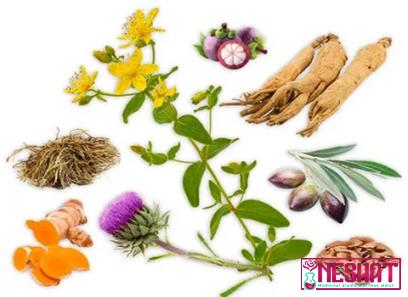

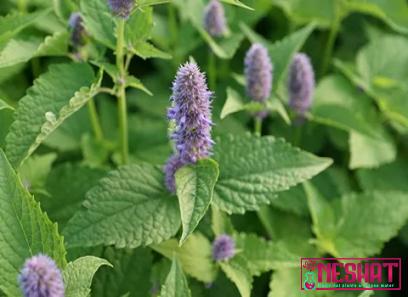
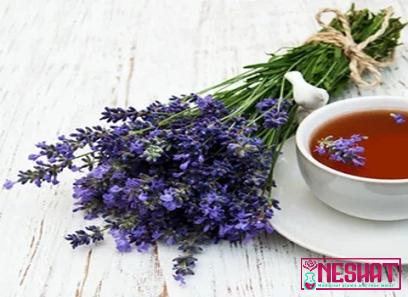
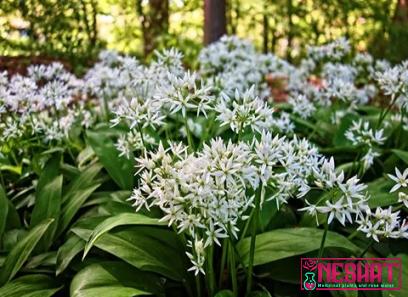


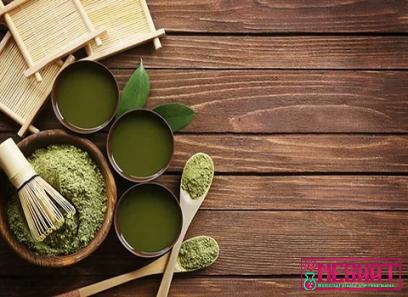
Your comment submitted.